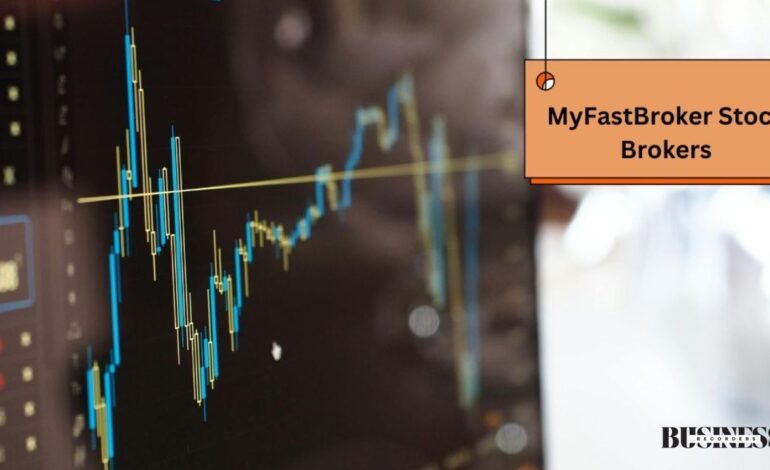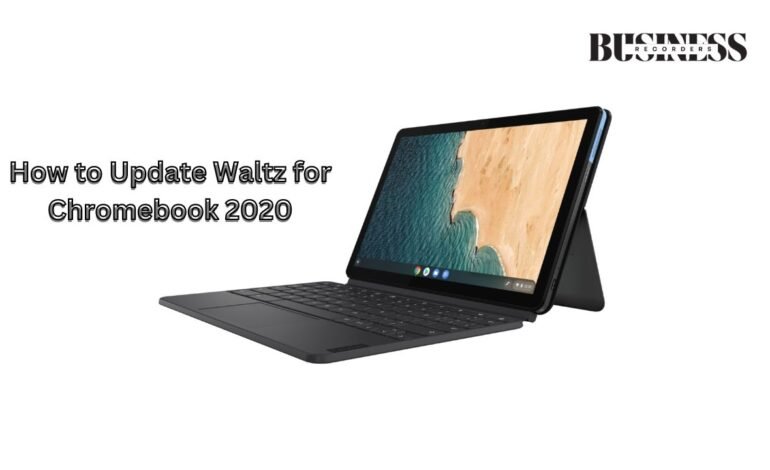
What Q V PT in MoneyWorks Forme?
Understanding financial concepts can be complex, especially when it comes to specific terms like what q v pt in moneyworks forme. This article aims to explain what q v pt is, how it functions within MoneyWorks, and its relevance to managing finances. Whether you’re a business owner, accountant, or someone looking to grasp money management better, this guide will provide the necessary insights.
What Does Q V PT Stand For?
Q V PT stands for Quantity, Value, Price, and Total. This concept is crucial in financial accounting as it helps track and analyze business transactions. Each element of what q v pt in moneyworks forme serves a specific function in understanding the financial health of a business.
- Quantity: This refers to the number of items sold or purchased. In financial terms, it represents how much product is moving through the business. Businesses need to keep track of quantities to manage inventory effectively. For example, if a retail store sells 100 pairs of shoes, the quantity is 100.
- Value: Value indicates the total worth of those items in monetary terms. It is the overall financial contribution of the items sold. If those 100 pairs of shoes sell for $50 each, the total value is $5,000 (100 pairs x $50 each).
- Price: Price is the cost per item, which can fluctuate based on market conditions. Understanding the pricing structure is crucial for setting competitive prices while ensuring profitability. If the price of the shoes changes to $55, businesses must adjust their records to reflect this change.
- Total: The total represents the overall cost, calculated by multiplying quantity by price. In our example, if the quantity is 100 and the price is $50, the total is $5,000. Keeping an accurate total helps businesses manage cash flow and revenue forecasting.
By breaking down transactions into these components, businesses can manage their finances more effectively and make informed decisions. Understanding what q v pt in moneyworks forme means is essential for anyone involved in financial management.
How Does MoneyWorks Implement Q V PT?
MoneyWorks is an accounting software that streamlines financial processes for businesses. Within this software, what q v pt in moneyworks forme is used to record and analyze transactions efficiently. Each component of q v pt is integrated into the software’s features, allowing users to input data easily and generate insightful reports.
When a user enters a transaction, they input the quantity of items, their price, and the total value automatically updates. This ensures accurate record-keeping, reducing the likelihood of errors. MoneyWorks also allows users to generate reports based on q v pt, giving a clear view of sales performance and inventory levels.
For instance, if a business owner inputs a sale of 50 shirts at $20 each, MoneyWorks will automatically calculate the total value of $1,000. This feature eliminates manual calculations, saving time and improving accuracy.
Using q v pt in moneyworks helps businesses keep track of their financial data seamlessly. This not only saves time but also helps in maintaining accurate financial records. With q v pt, businesses can focus on growth rather than spending time on cumbersome bookkeeping tasks.
What Are the Benefits of Q V PT in MoneyWorks?
Using what q v pt in moneyworks forme offers several advantages. Understanding these benefits can help businesses optimize their financial management practices.
- Improved Accuracy: Automated calculations reduce human error. Manual entry of data can lead to mistakes, which can have serious consequences for financial reporting. With what q v pt in moneyworks, all calculations are done by the software, ensuring accurate financial records.
- Time Efficiency: Quick data entry and report generation save valuable time. Business owners can spend less time on bookkeeping and more time on strategic planning. This efficiency leads to better productivity and can enhance overall business performance.
- Better Decision Making: Detailed reports aid in strategic planning. With what q v pt in moneyworks forme, businesses can access up-to-date information about their sales and inventory. This information is critical for making informed decisions about purchasing, pricing, and marketing strategies.
- Inventory Management: Businesses can easily track stock levels and sales trends. Q V PT provides insights into which products are selling well and which are not. This allows businesses to make informed decisions about inventory restocking and promotions.
Here’s a table summarizing these benefits:
| Benefits | Description |
| Improved Accuracy | Reduces errors in financial records |
| Time Efficiency | Saves time on data entry and report generation |
| Better Decision Making | Provides insights for strategic business planning |
| Inventory Management | Tracks stock levels and sales trends effectively |
Incorporating what q v pt in moneyworks forme empowers businesses to take control of their financial health. With accurate data at their fingertips, business owners can make proactive decisions that lead to growth and sustainability.
How Can Q V PT Help in Financial Reporting?
Financial reporting is essential for any business, and what q v pt in moneyworks plays a significant role in this area. When businesses use MoneyWorks to track transactions through q v pt, they can generate various reports that are essential for decision-making.
Reports can include sales performance, expense tracking, and profit margins. By analyzing these reports, businesses can identify trends and patterns that help in making informed decisions.
For example, if a business notices that the quantity of a certain product sold is increasing, they can decide to stock more inventory. Alternatively, if they see a decrease in sales, they might choose to adjust their pricing strategy.
Understanding the relationships between quantity, value, price, and total allows businesses to see the bigger picture. Reports generated through MoneyWorks enable businesses to view their financial situation at a glance.
Moreover, financial reports can be customized to fit the specific needs of a business. Different types of reports can provide insights into various aspects of the business, helping owners make strategic decisions that align with their goals.
Using what q v pt in moneyworks for financial reporting ensures that businesses have accurate and timely data, which is crucial for maintaining competitiveness in the market. By leveraging the power of q v pt in MoneyWorks, organizations can enhance their financial reporting processes.
What Challenges Can Q V PT Address in Financial Management?
What q v pt in moneyworks can address several challenges faced in financial management. Many businesses struggle with keeping accurate records and making sense of their financial data. Here are some common challenges that q v pt can help resolve:
- Data Entry Errors: Manual data entry can lead to mistakes. With what q v pt in moneyworks, calculations are automated, significantly reducing the risk of human error. This ensures that financial data is recorded accurately.
- Lack of Insights: Without proper data tracking, businesses may not see where improvements are needed. What q v pt in moneyworks provides clear reports that highlight areas for growth and efficiency. This allows businesses to pivot and make necessary adjustments.
- Inventory Confusion: Keeping track of stock levels can be tough. What q v pt in moneyworks helps monitor inventory effectively. Businesses can set reorder points based on sales data, ensuring they never run out of popular items.
- Cash Flow Issues: Properly tracking revenue and expenses through what q v pt in moneyworks allows businesses to maintain healthy cash flow. Understanding when money is coming in and going out helps businesses avoid financial pitfalls.
By tackling these challenges, what q v pt in moneyworks forme enables businesses to streamline their financial management processes. The result is a more efficient operation that can adapt to changing market conditions.
How to Get Started with Q V PT in MoneyWorks?
Getting started with what q v pt in moneyworks is straightforward. Here’s a step-by-step guide to help you:
- Set Up Your Account: Download and install MoneyWorks. Create your business profile and input your initial financial data. Make sure to include any existing inventory and pricing information.
- Input Your Data: Begin entering transactions, making sure to include quantity, price, and total. You can enter sales data, purchases, and any other relevant financial information.
- Generate Reports: Use the software’s reporting features to analyze your data. Look for sales trends and inventory levels. Customize your reports to focus on the areas most important to your business.
- Review Regularly: Make it a habit to review your reports weekly or monthly to stay on top of your finances. Regular reviews help you identify trends and make timely decisions to improve performance.
- Train Your Team: Ensure that anyone using MoneyWorks is trained in how to use what q v pt in moneyworks effectively. Providing training sessions or resources can improve efficiency and accuracy.
Following these steps will ensure that you effectively use what q v pt in moneyworks to manage your finances. Regular practice and engagement with the software will enhance your understanding and effectiveness.
How Does Q V PT Improve Cash Flow Management?
Cash flow management is vital for the survival of any business. What q v pt in moneyworks helps improve cash flow by providing detailed insights into sales and expenses. Here’s how it works:
- Tracking Income: By monitoring the quantity sold and the total value, businesses can forecast income more accurately. Knowing when money is expected to come in allows for better planning and budgeting.
- Identifying Slow-Moving Inventory: If certain products are not selling well, businesses can adjust their strategies to promote these items or reduce prices. This proactive approach helps clear out inventory and improve cash flow.
- Budgeting: With accurate data, businesses can create better budgets, ensuring they allocate resources effectively. Knowing which products generate revenue helps in prioritizing investments.
- Expense Management: Keeping track of expenses through what q v pt in moneyworks allows businesses to identify unnecessary costs. By analyzing expense data, businesses can find areas to cut back and improve their financial position.
Improving cash flow management through what q v pt in moneyworks is essential for a business’s health and growth. By understanding their financial data, businesses can make informed decisions that lead to financial stability.
Conclusion
In summary, understanding what q v pt in moneyworks forme is crucial for effective financial management. By comprehending the components of quantity, value, price, and total, businesses can better track transactions and make informed decisions. MoneyWorks provides the tools necessary to streamline financial processes, improve accuracy, and enhance reporting.
By implementing what q v pt in moneyworks into daily operations, businesses can experience increased efficiency and effectiveness in their financial practices. This foundational understanding allows organizations to thrive in a competitive environment, ensuring long-term sustainability and growth.
Whether you’re a seasoned professional or just starting, knowing how to utilize what q v pt in moneyworks is a valuable asset. It empowers you to take control of your financial management, leading to better decision-making and improved financial health. Embracing this knowledge is a crucial step towards mastering your finances.













